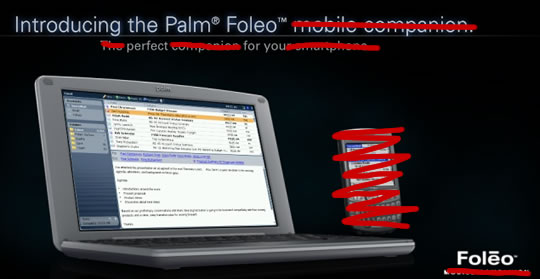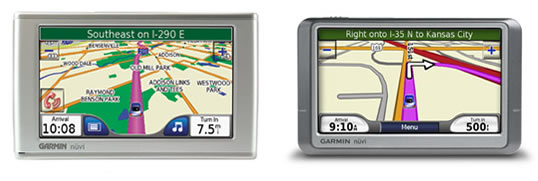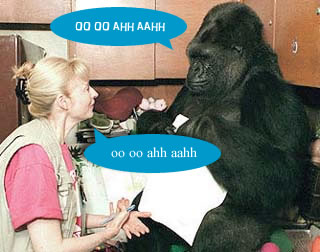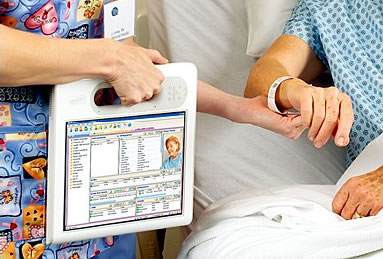This recent article on CNET comparing the failed Palm Foleo to similar, and arguably successful, sub-notebooks has me thinking that the problem wasn't with the Foleo itself but how Palm described the product. At its core the Palm Foleo was a lightweight (2.5 lbs) Linux based notebook with Wi-Fi, Bluetooth, a 10" screen and full size keyboard. It was to be bundled with a solid web browser, e-mail application, and basic office applications. In reality, the Foleo is not that different from the EEE PC. But from the onset the Foleo was described as a "mobile companion" for your smartphone, not a standalone device. By contrast, the EEE PC, and other sub-notebooks, have been marketed as nothing less than a small, simple, cheap, easy-to-use PC. The Foleo was met with skepticism and criticism, while EEE PC enjoyed overwhelmingly positive reactions.
If you want to destroy a product's perception there's no better word to use than "companion." To many consumers "companion" means overpriced, limited compatibility, limited-use, and unnecessary. Much of what Palm did seemed to emphasize that it was not a standalone device: in photographs, the Foleo was almost always pictured with a Treo by it's side; even in in this video with the CEO of Palm, Ed Colligan, the first thing he said was that it's a mobile companion. Colligan goes on to make some very compelling points, but I think he lost most people after the companion part, and, by the way, it only works with Palm smartphones.






